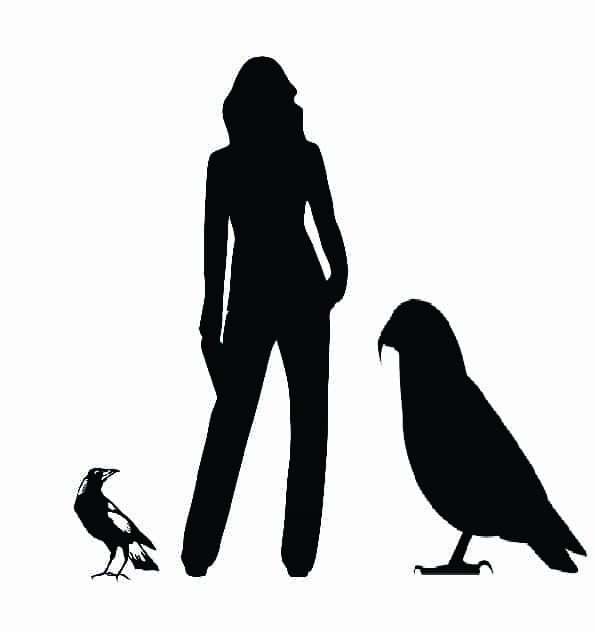‘Heracles’, a gigantic parrot, discovered in New Zealand

THE FOSSIL OF an ancient, giant parrot has been discovered in New Zealand, which scientists say was one metre tall, weighed seven kilograms, and had a large beak.
The remains were found near St Bathans in Central Otago, New Zealand, a place known for its rich deposit of bird fossils dating back 19 million years.
A study detailing the discovery has been published today in Biology Letters, in which the new bird has been dubbed Heracles inexpectatus, a fitting name for the largest parrot ever to be discovered.
Read more: The weird, flightless birds of New Zealand
“New Zealand is well known for its giant birds,” says Flinders University paleontologist Trevor Worthy
“Not only moa dominated avifaunas, but giant geese and adzebills shared the forest floor, while a giant eagle ruled the skies.
“But until now, no-one has ever found an extinct giant parrot – anywhere.”
Heracles inexpectatus is thought to be from an ancient lineage of parrots, which includes the kākāpō, the world’s largest living parrot.
“Heracles, as the largest parrot ever, no doubt with a massive parrot beak that could crack wide open anything it fancied, may well have dined on more than just conventional parrot foods, perhaps even other parrots,” says UNSW paleontologist Mike Archer.

Heracles inexpectatus’ silhouette next to an average height person and common magpie. (Image credit: Paul Scofield, Canterbury Museum)
Scientists say that Hercules would have preferred subtropical forests as habitat, where fruit was plentiful.
“Undoubtedly, these areas provided a rich harvest of fruit important in the diet of Heracles and the parrots and pigeons it lived with. But on the forest floor Heracles competed with adzebills and the forerunners of moa,” says Suzanne Hand, a paleontologist from UNSW.
Scientists are hopeful that, in the years to come, more fascinating discoveries will come from the fossil site at St Bathans.
“We have been excavating these fossil deposits for 20 years, and each year reveals new birds and other animals,” says Trevor.
“While Heracles is one of the most spectacular birds we have found, no doubt there are many more unexpected species yet to be discovered in this most interesting deposit.”




